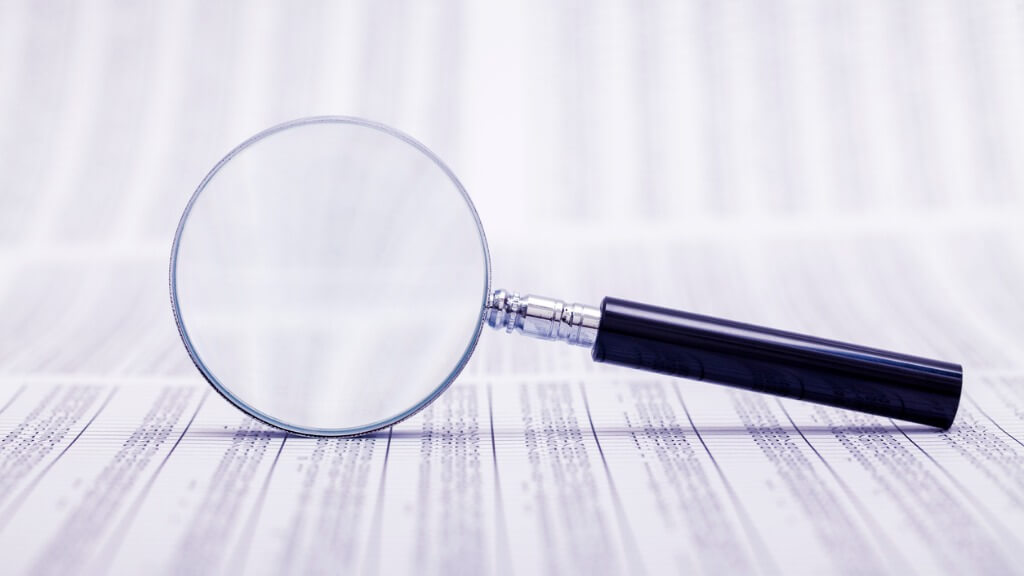
Outsourcing services have gone a notch higher . You can find an outsourcing company for almost any service on the planet. Companies have found that outsourcing services to be beneficial and cost-effective.
Businesses today have adopted the trend of outsourcing cleaning to core business activities like payroll processing, IT services and cloud storage services.
Core business services contain sensitive customer information and outsourcing these services have led to the demand for third-party vendors to comply with customer information security regulations. Customers need to know that a company has effective internal controls in place to protect personal data from third-party vendors.
This need prompted vendors to make and implement a set of compliance-and-reporting regulation to protect customer data.
SOC 2 Compliance and the Implication
The Service Organization Control (SOC) was developed by the American Institute of CPAs to be used by service providers to prevent data security issues. SOC is a reporting platform that is used to monitor and protect customer information.
It was meant as a way to ease customer worries about their information handled by third party vendors. SOC 2 compliance conducts assessments on data networks, data processing, the software used, staff compliance and the internal-controls implemented by the organization.
Regular assessments are needed to establish that an organization is managing their risks appropriately with regards to customer information. SOC 2 compliance is a voluntary process.
A vendor can choose to be compliant or not. The vendors who comply have an advantage because the customers feel safe when using their service. SOC 2 will assist you to easily monitor and assess multiple-vendors who a privy to customer data.
Pillars of SOC 2
SOC 2 is based on five categories to ensure that an organisation handles and manages data correctly. These categories are Privacy, Security, Availability, Processing Integrity, and Confidentiality.
These principles cover the network security, check how organisation process enhance privacy, the authorisation for accessing information, whether the processes and procedure used to meet the stipulated requirements and how security breaches are handled.
The principles ensure that an organisation has firewalls, access controls, appropriate authorisations are done and data is backed up in case of a disaster and more requirements. These principles seek to ensure that your company data and that of your clients are well protected.
SOC 2 Reporting Challenges
SOC 2 was developed with the assumption that all companies are the same and use the same technology or infrastructure. This is challenging for companies that serve various industries at the same time. There are areas that SOC 2 reporting does not cover and other areas it overlaps with other industry regulations causing repetitions.
The regular SOC assessment is done through questionnaires submitted to each client. This process is tedious and repetitive as most of the times the questions are the same from a different client.
Transitioning to SOC 2+
As is the purpose of any system upgrade, SOC 2+ was meant to improve SOC 2 and cover the areas that were left out by SOC 2 reporting. In addition, SOC 2+ endeavors to streamline individual client activities as well as provide a more balanced reporting platform.
The SOC 2+ framework has been designed to provide an overview report of the organization’s activities and an in-depth report for risk detected. These reports ensure that the risk and data security of an organization, in general, can be assessed and evaluated. The in-depth report provides insights into possible problematic areas.
These areas can be addressed before a security breach can occur. This system can also provide individualized reports. This takes third-party vendor management to another level where each vendor can be assessed and the risks of each vendor are known.
The reports generated by compliance software evaluate the internal controls in place and their effectiveness. This system can do intensive evaluations without the repetitive questionnaires from clients. The system evaluates how effective the internal controls are by testing the internal controls using the service auditor.
The service auditor is a feature that carries out regular audits to ensure that your organisation stays SOC compliant.
How to Simplify SOC 2+ Implementation in Your Organisation
Ensuring your organisation is SOC compliant is as easy as acquiring software that offers a platform for monitoring and evaluating SOC 2+ in your organisation. This software makes it easy to generate reports and less time-consuming.
Using a software platform is cost-effective because your organisation can meet SOC requirements without employing a large number of staffs to implement the compliance requirements. with numerous outlets around the globe.
Getting a SOC compliant certificate can take months. The process involves external auditors thoroughly analysing your operations, data storage, transmission, processing of data, the security of network-systems and staff training on handling confidential information.
This prolonged-process is worth the effort since the certificate assures your customers their data is safely stored.
Author Bio
Ken Lynch is an enterprise software startup veteran, who has always been fascinated about what drives workers to work and how to make work more engaging. Ken founded Reciprocity to pursue just that. He has propelled Reciprocity's success with this mission-based goal of engaging employees with the governance, risk, and compliance goals of their company in order to create more socially minded corporate citizens. Ken earned his BS in Computer Science and Electrical Engineering from MIT.
Thanks for signing up to Minutehack alerts.
Brilliant editorials heading your way soon.
Okay, Thanks!